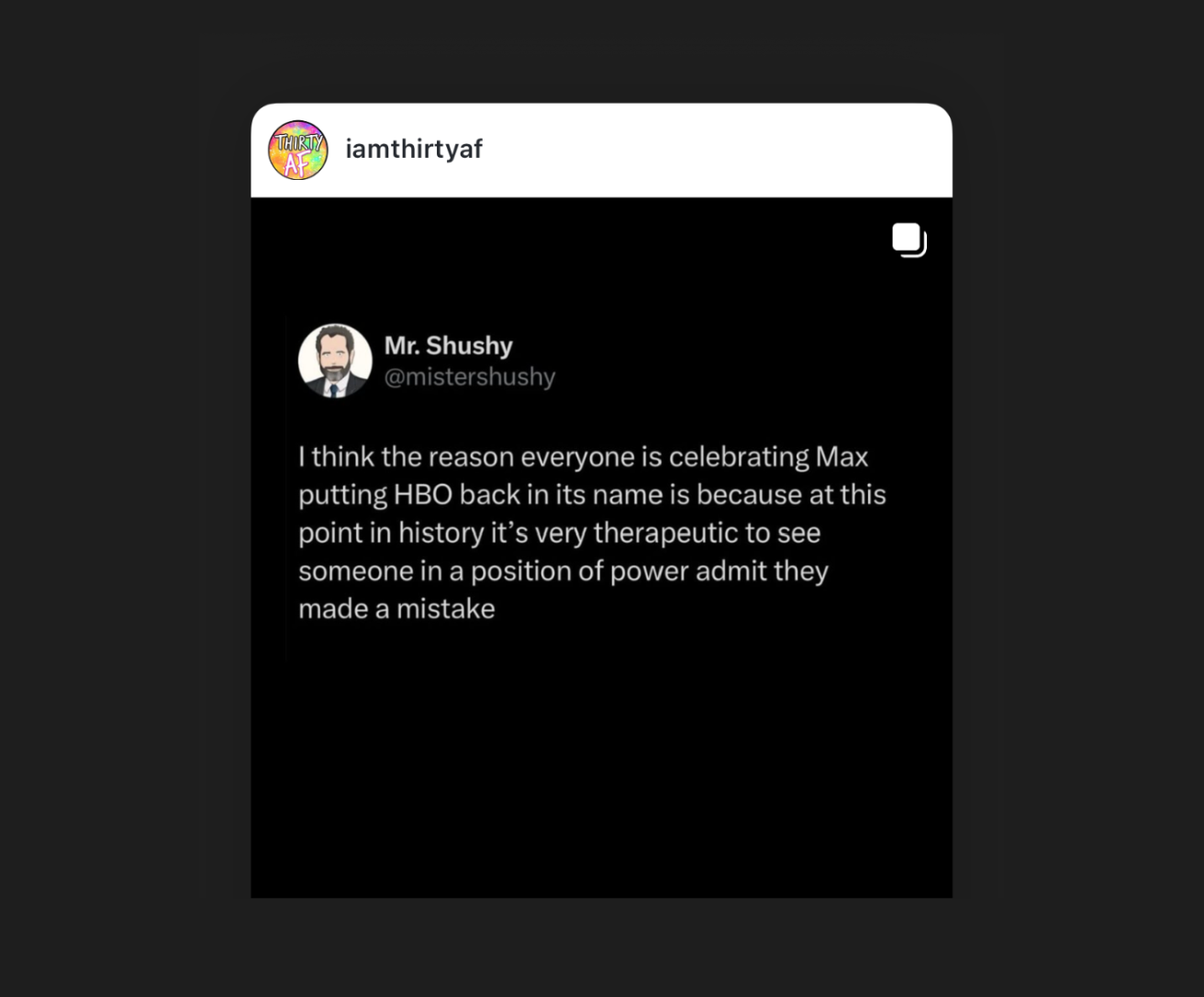An “Incredible” Year in Council (Allegedly)
What Philly’s bizarre political mailer can teach small brands about what not to do with your marketing budget.
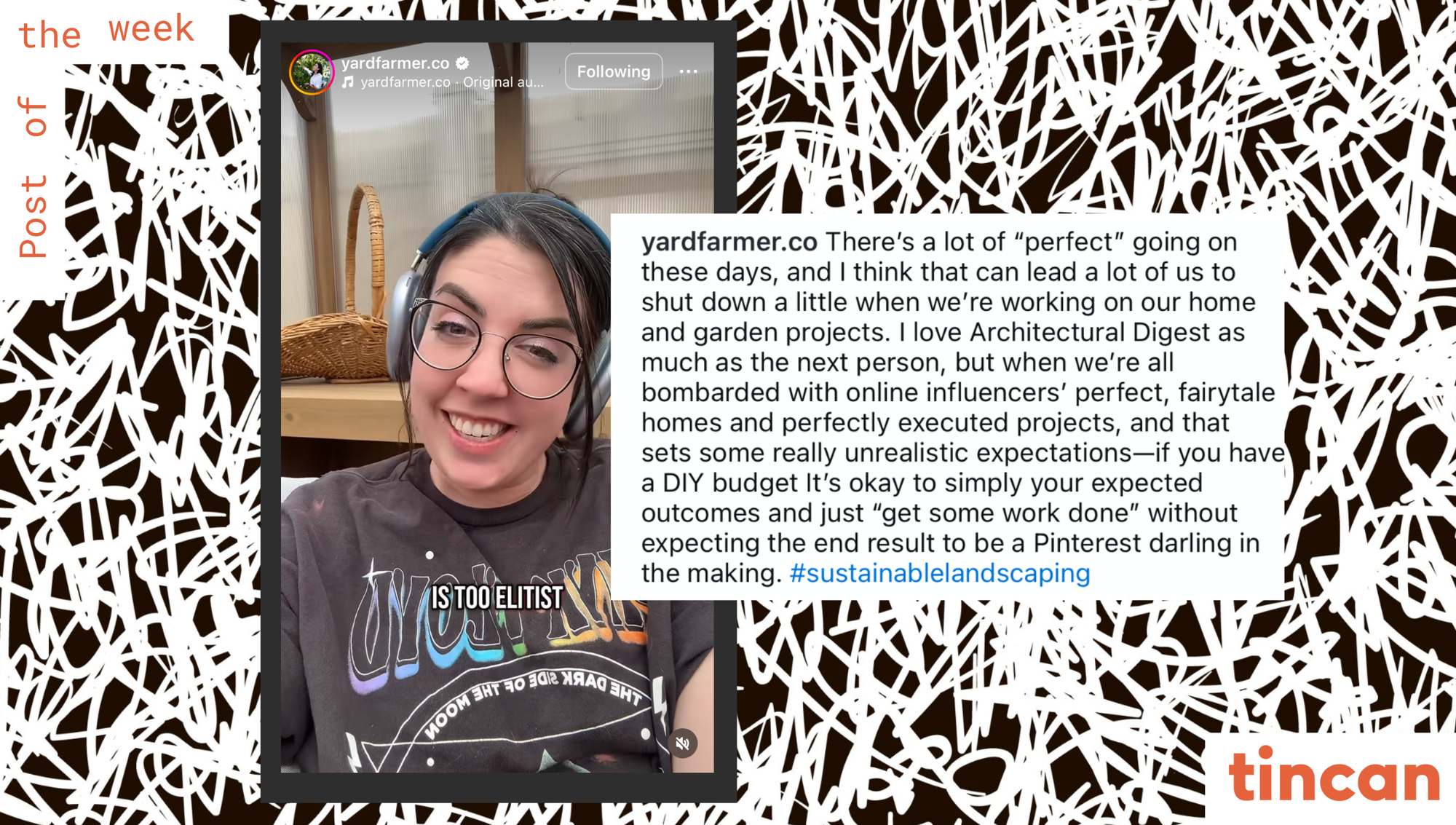
Welcome to Tincan, a newsletter about marketing, culture, and how small brands make a big impact. Subscribe here.

Two weeks ago, a magazine-like-thing showed up in the mail. Looking at it from down the hallway, I pegged it as some kind of ad. Maybe a Wayfair catalog (which is apparently a thing??). It was glossy. Too thin to be a real magazine, too shiny to be an alumni publication. Must be junk.
I picked it up, glanced at it, and saw something about City Council. But by the time I was in the kitchen, I was ready to chuck it in the recycling. It’s election season, which means there’s loads of political mailers. I assumed it was one of those. Scan, chuck, done.
But something about this one stopped me from dropping it in the bin. Maybe it was the hilariously bland title: An Incredible Year in Council. (Incredible!) It didn’t look like a campaign ad. It was way too restrained. No aggressive fonts or colors. Just... boring photos laid out in a boring way.
Turns out, it was a 48-page booklet highlighting the legislative achievements of Philadelphia City Council. So instead of tossing it, I left it in our household’s official Mail Pile so that later, while chopping onions, Alyssa and I could both circle back to it. We had the same questions: What is this? Who did this? We had the same conclusion: very sus.
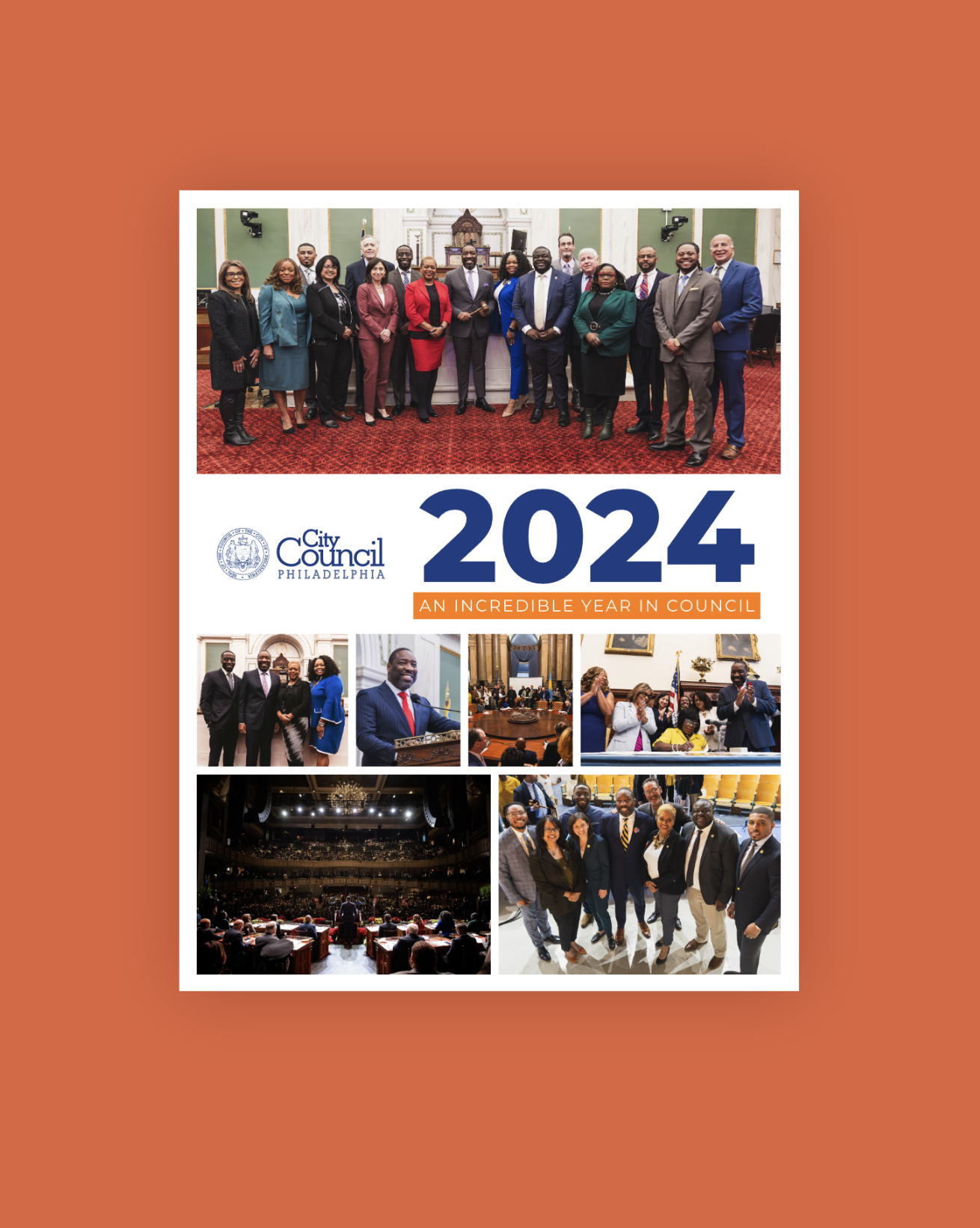
Eventually, I came across an Inquirer article and Instagram post that answered some of our questions: “‘Self-promotion’ or informing the public? Mayor Cherelle Parker and Council use taxpayer money to sell their wins.” Apparently, the Parker administration spent $83,000 in public funds to produce and mail the thing. It went out only to “super voters” and it mostly just highlighted the good stuff (ribbon cuttings galore, with very little mention of, say, the massive 76ers arena disgrace). It was just one piece of the whopping $2 million that they collectively spent with outside communications firms. And that’s in addition to what they already pay their comms staff.
Right off the bat, it’s easy to call this a misuse of funds. Obviously. But I can also understand the idea behind it. Getting people to care about the day-to-day workings of local government is hard. And going quiet isn’t the answer either. It’s a damned-if-you-do, damned-if-you-don’t situation.
One commenter on the Inquirer’s post said it best:
“Two things come to mind: 1) Elected officials can and should communicate that what they’re doing is accomplishing what the voters want—no one will simply happen upon it anymore (see: Biden administration); 2) This feels off.” —@crusselsprouts
Followed by my personal favorite:
“2 million seems a bit excessive.” —@tanner_87_
This booklet is a classic case of good intentions (though even that’s debatable) and bad execution. Clearly, they were trying to walk the line between transparency and self-promotion. What we got instead was a slick-yet-bland booklet that sets off alarm bells. It’s whispering: This isn’t propaganda, it’s public service. But the content is too carefully curated. Selective. Sanitized. Hmmm.
The urge to inform people is good, usually. People can’t feel connected to you if they don’t know what you’re doing. But information alone isn’t a strategy. And it becomes super cringe when it’s obvious how much money and effort you spent just to tell people about your accomplishments. Even worse when you try to act like you’re not trying to make yourself look good.
So if you’re a small brand considering something similar—a big mailer, a splashy one-off campaign, a run of digital ads just to “get the word out”—don’t. Or at least, not yet.
Instead, update your website. Post on social. Start a newsletter. Build a community. Collaborate with brands who share your audience. Pitch your story to blogs or creators. These approaches are slower, but they meet people where they already are, using channels that they’re familiar with. (And they don’t cost $2 million.) It builds trust. Opens up conversation. Generates momentum. Content shouldn’t just be something you push out. It should be a bridge, an invitation, a jumping-off point.
We’re all figuring out how to talk about what we do without sounding like we’re trying to sell something. It’s so hard, I know. And it might seem tempting to throw money at fast solutions, especially when you’re feeling stuck. But in those moments, just think back on Philly’s “incredible” mailer. Picture being handed a 48-page glossy mag and being told, “It’s just FYI.”
Yup. It’s absurd.

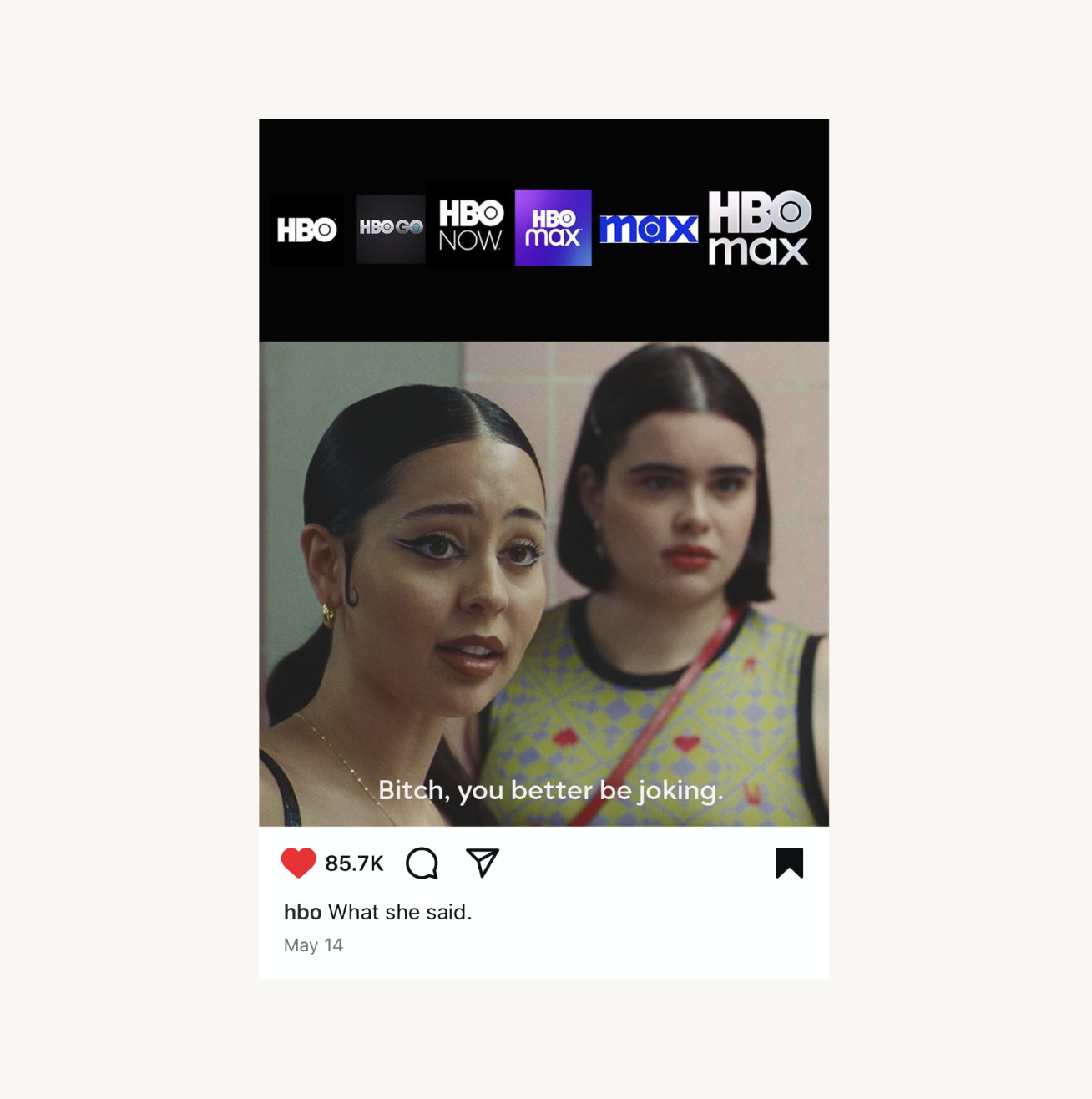
HBO, MAX, whatever.
Sometime after the HBO Max announcement, my friend and MVR (most valuable Tincan reader), Liza, pointed out something really smart: HBO’s brand loyalty runs deep, and Warner Bros. Discovery really fumbled it by trying to phase out the HBO name entirely. She’s so right! When there’s years of brand equity behind something, what exactly do you gain by pivoting? I’m all for figuring it out as you go and adjusting your brand as strategy shifts, but this saga shows the downsides.
To their credit, they did the smartest thing possible: leaning into the chaos with self-mocking posts like the one above. When you’ve messed up, owning it and laughing about it is the only move.
